Fake medication and counterfeit drugs possess different formulations from legitimate medication manufactured by pharmaceutical companies.1
These products are frequently designed to resemble genuine medication, but they may also include adulterants such as fentanyl and methamphetamine that can trigger death or cause severe harm.
 Image Credit: Shutterstock / Andre Boukreev
Image Credit: Shutterstock / Andre Boukreev
Opioids like fentanyl have been used to treat pain during surgical procedures for decades and help manage chronic pain for patients worldwide. These counterfeit pills have been closely linked to increased illegal fentanyl use in the United States in recent years, however. 2
Fentanyl was first introduced in the 1960s as an analgesic. It quickly saw wide-ranging use due to its rapid and robust action.1 As fentanyl is a powerful synthetic opioid that is 50 times more potent than morphine, its use may be lethal if not properly dosed and administered under the care of a physician.
Counterfeit medication is often cut with mixtures of less expensive compounds to increase the profit margins of illegal drug manufacturers and dealers. These clandestine chemists have begun using fentanyl as part of their formulations, putting users of these medications at significant risk.
When combined with the unknown concentration present in counterfeit pills, the potency of fentanyl and its numerous derivatives can result in disastrous consequences for the end-user.
This article showcases the use of high-performance time-of-flight mass spectrometry for the untargeted analysis of counterfeit medications. A range of pills were characterized using a robust combination of state-of-the-art processing software, comprehensive spectral libraries, and formulae confirmation.
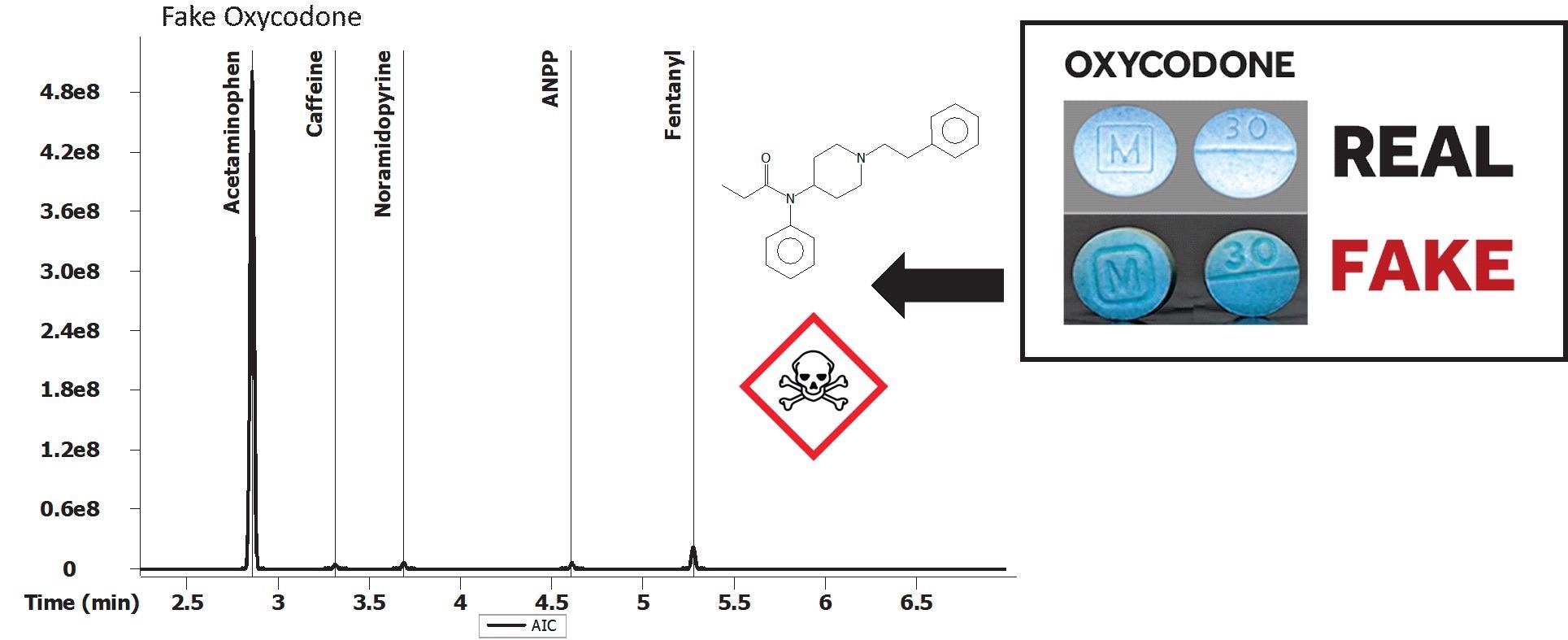
Figure 1. Analytical Ion Chromatogram (AIC) of Fake Oxycodone Tablet Extract and Image Comparing Real vs. Fake Oxycodone tablets,
https://www.dea.gov/sites/default/files/2021-09/DEA_Fact_Sheet-Counterfeit_Pills.pdf. Accessed 12/7/21. Image Credit: LECO Corporation
Experimental
A collaborating forensic laboratory supported the analysis of a range of counterfeit medications, including fake oxycodone, fake Benadryl and an unknown pill.
Each pill was crushed using a mortar and pestle, with the resulting powdery materials transferred to 20 mL scintillation vials. They were then weighed, mixed with 5mL of 8:1:1 chloroform, isopropanol and methanol, and extracted via sonication for a 20-minute period.
The heterogeneous mixtures were filtered through syringe filters and 100 µL aliquots before being transferred to GC vials with 300 µL inserts.
A combination of the LECO Pegasus® BT GC-MS and ChromaTOF® brand software was used to analyze the pill extracts.
Untargeted data processing was completed, including a range of peak findings, library searches and formula mass error or delta calculations (MΔ = Mobs – Mcalc). Table 1 displays the range of instrumental analysis parameters used in this study.
Table 1. GC-High Performance TOFMS (Pegasus BT) Conditions. Source: LECO Corporation
| . |
. |
| Gas Chromatograph |
Agilent 7890 with L-PAL3 Autosampler |
| Injection |
1 μL, Split 100:1 @ 250 °C |
| Carrier Gas |
He @ 1.4 mL/min, Constant Flow |
| Column |
Rxi-35 Sil MS, 15 m x 0.25 mm i.d. x 0.25 μm (Restek, Bellefonte, PA, USA) |
| Temperature Program |
110 °C to 300 °C @ 40 °C/min (4 min) |
| Mass Spectrometer |
LECO Pegasus BT |
| Transfer Line |
290 °C |
| Ion Source Temperature |
250 °C |
| Ionization Mode |
EI |
| Mass Range (m/z) |
45-600 |
| Acquisition Rate |
10 spectra/s |
Results and discussion
Using this analysis methodology, it was possible to robustly characterize a range of pill components, including adulterants such as fentanyl and derivatives. This analysis took less than 8 minutes.
Using a combination of time-of-flight mass spectrometry and ChromaTOF® software processing, the analysts in the example presented here were able to rapidly identify compounds using a combination of spectral similarity searches and formulae mass error determinations.
For example, Figure 2 shows that the counterfeit Benadryl tablets analyzed were determined to contain Benadryl as expected, but also fentanyl and 4-aminophenyl-1-phenethylpiperidine (ANPP).
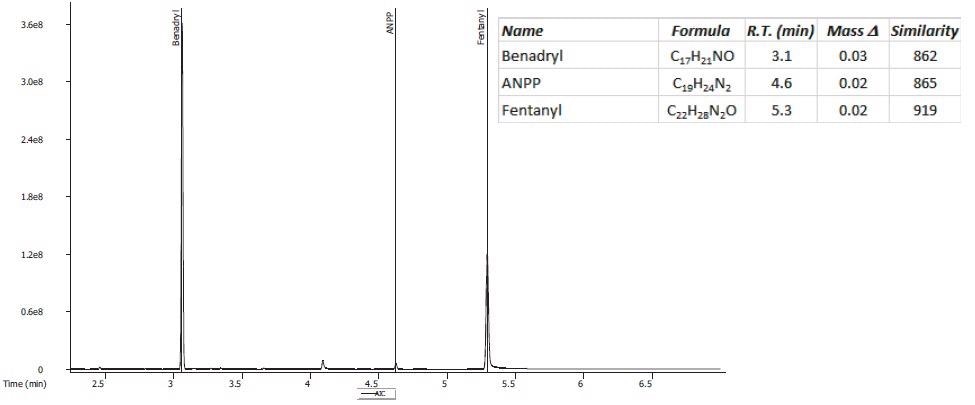
Figure 2. AIC for Counterfeit Benadryl. Image Credit: LECO Corporation
ANPP is also referred to as despropionyl fentanyl - a precursor to fentanyl and its derivatives.
The formula, retention times, MΔ values and spectral similarity search results for this counterfeit pill’s major components are shown in the Analytical Ion Chromatogram (AIC) and inset table.
It was shown that the spectral similarity values for ANPP and fentanyl were 862 and 919/1000, respectively. The MΔ for ANPP's molecular ion was found to be 0.02 Da (Figure 3).
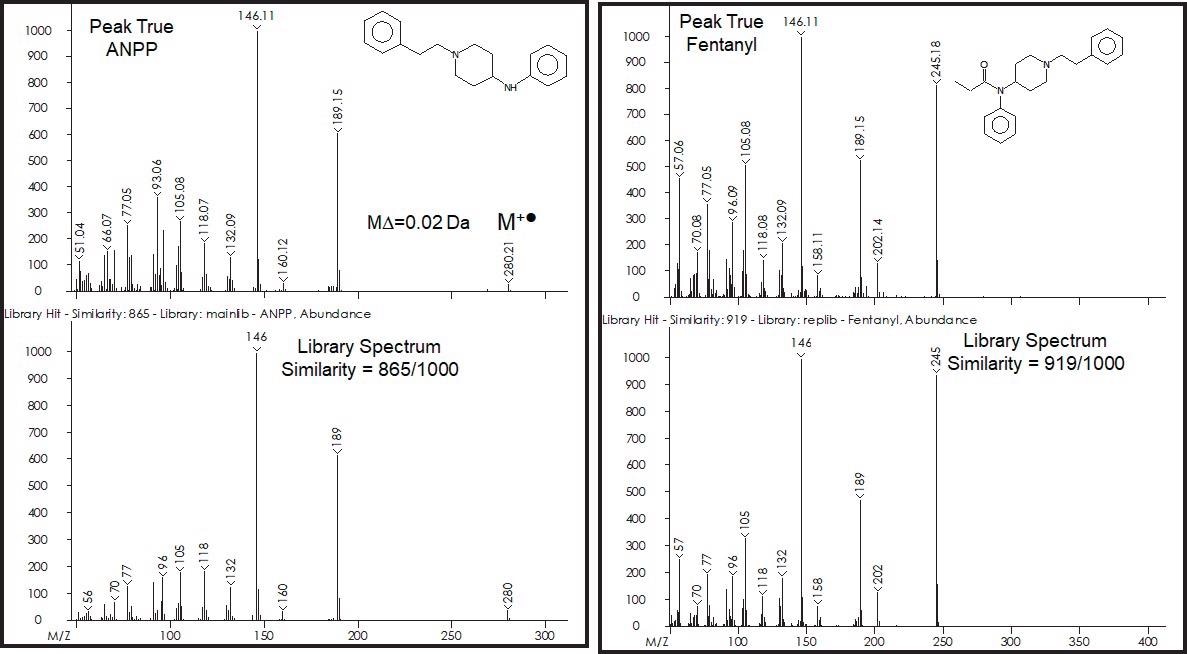
Figure 3. Peak True and Library Match Spectra for ANPP and Fentanyl. Image Credit: LECO Corporation
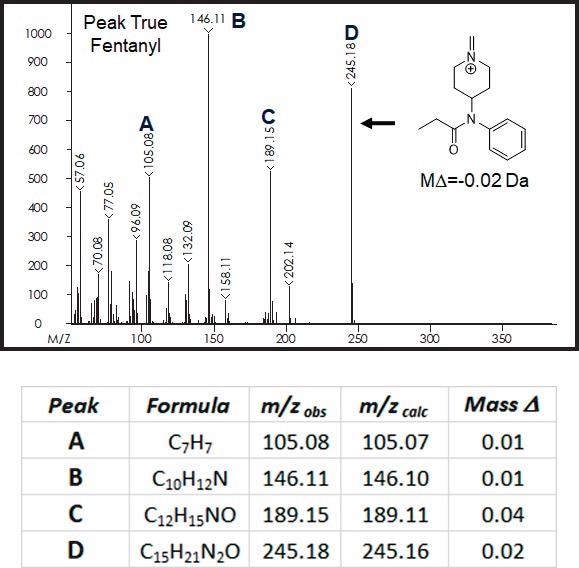
Figure 4. Peak True Mass Spectrum for Fentanyl with Tabulated Mass Δ Values (0.01 – 0.04 Da) for the Major Fragments (A – D). Image Credit: LECO Corporation
The molecular ion for fentanyl was determined to not be present in the spectra, though the fragment ions in the Peak True spectrum were found to correlate well with those in the library match. The sample’s MΔ values ranged from 0.01 to 0.04 Da for the fragment ions A-D (Figure 4).
Figure 5 displays the AIC for the counterfeit oxycodone pill. The table inset also shows the relevant formulas, MΔ values, retention times and spectral similarities for acetaminophen, noramidopyrine, caffeine, ANPP and fentanyl.
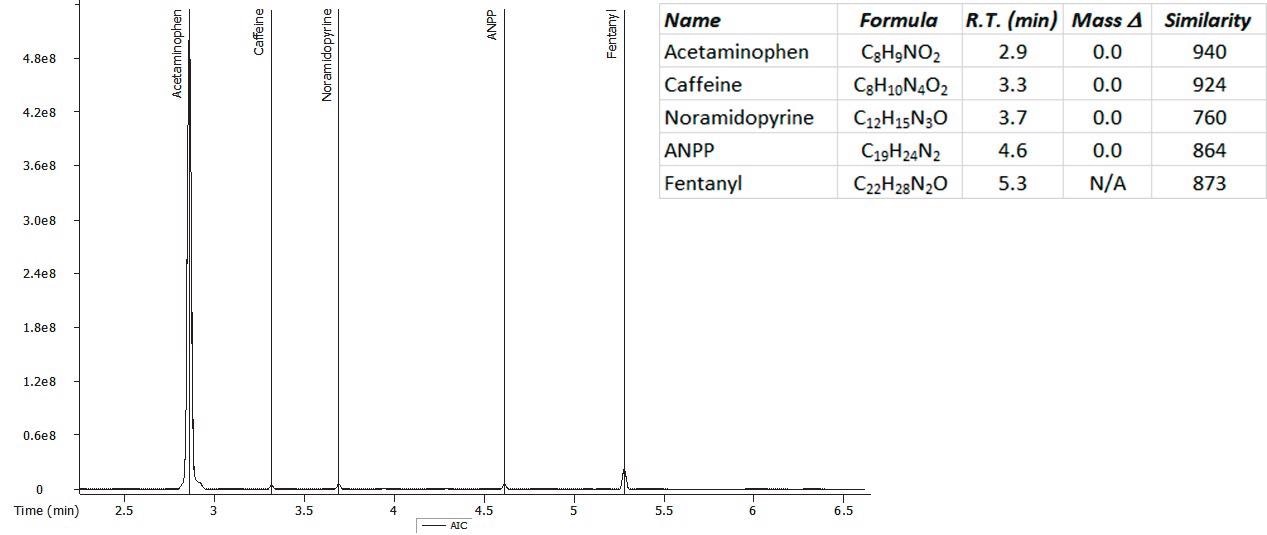
Figure 5. AIC for Counterfeit Oxycodone. Image Credit: LECO Corporation
It should be noted that oxycodone was not detected in the counterfeit oxycodone pill extract.
Figure 6 shows the mass spectra for acetaminophen and caffeine, and the spectral similarities for these compounds were found to be 760 and 924/100, respectively. Both compounds featured strong molecular ions with robust MΔ values (0.00 Da) evident in their mass spectra.
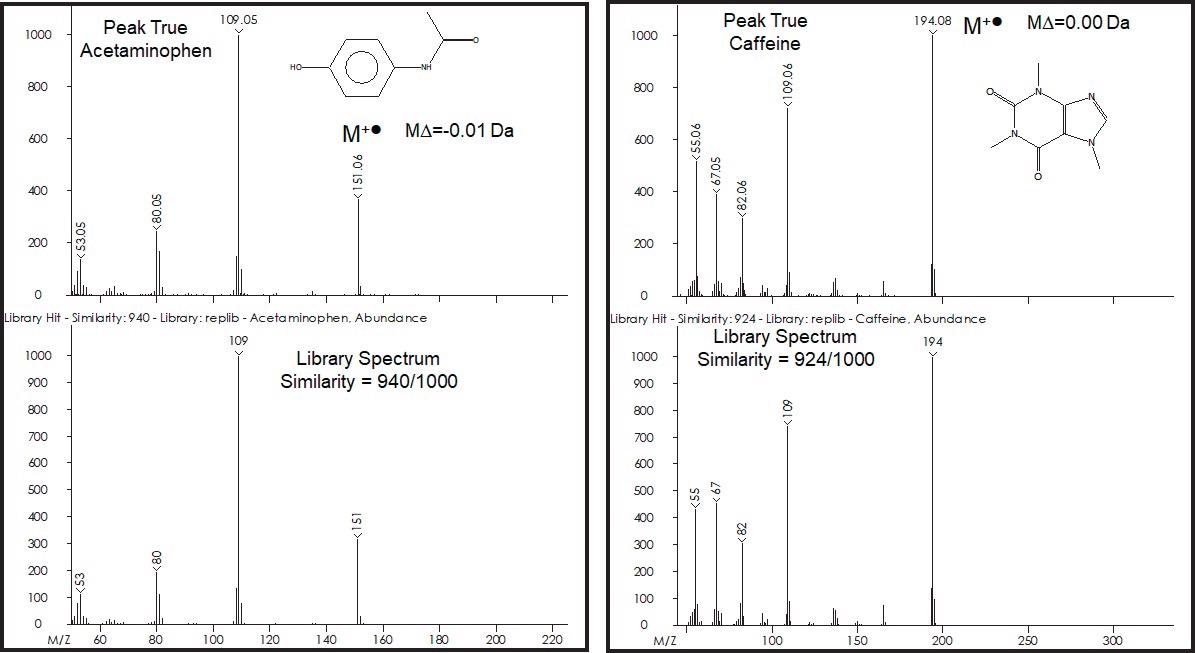
Figure 6. Peak True and Library Match Spectra for Acetaminophen and Caffeine. Image Credit: LECO Corporation
Noramidopyrine (also referred to as metamizole) is an analgesic and antipyretic. It was determined that the spectral similarity value for noraminopyrine was marginal at 760/100 (Figure 7), but the MΔ values for fragment ions A-D were found to be excellent (-0.03 to 0.02 Da).
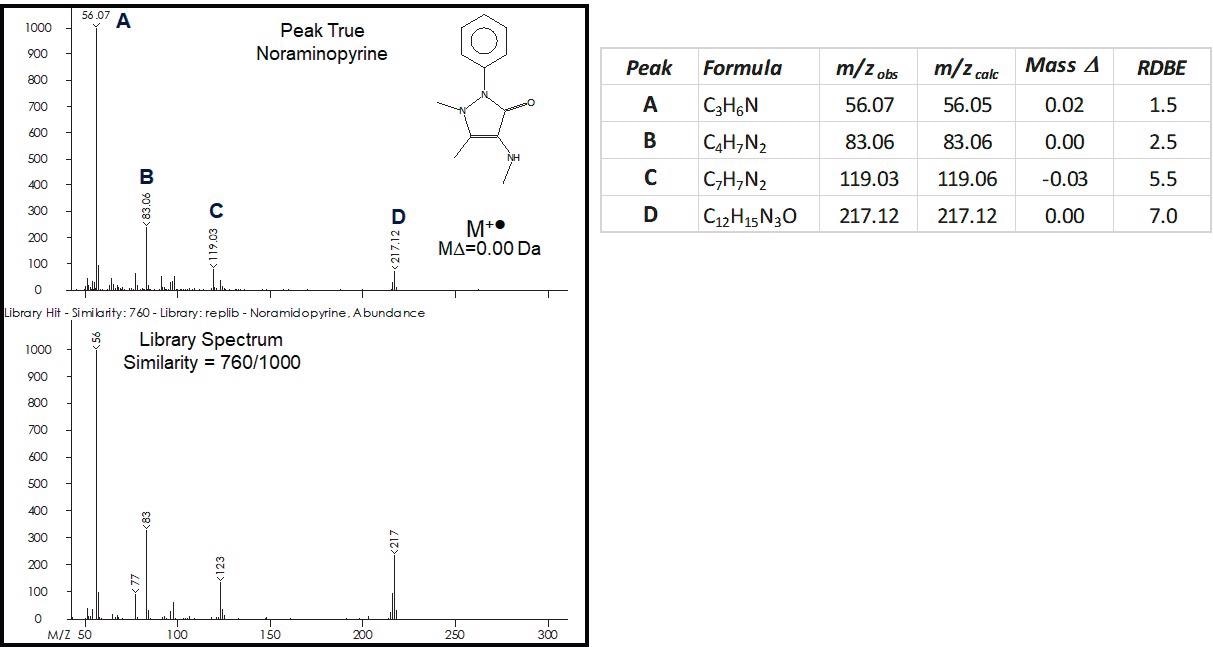
Figure 7. Peak True and Library Mass Spectra for Noraminopyrine with Tabulated Mass Values (-0.03 – 0.02 Da) and RDBEs for the Major Fragments (A-D). Image Credit: LECO Corporation
Forensic laboratories must frequently analyze confiscated pills with no discernible markings or pills partially crushed into smaller pieces.
The unknown pill analyzed here exhibited these characteristics, but the methodology described was able to comprehensively characterize the pill’s components, providing some information on its origin based on its chemical content.
Figure 8 shows an AIC and table insert that lists some of the pill’s major components, including ANPP, N-propionyl Norfentanyl, fentanyl, p-fluorofentanyl and phenethyl 4-ANPP.
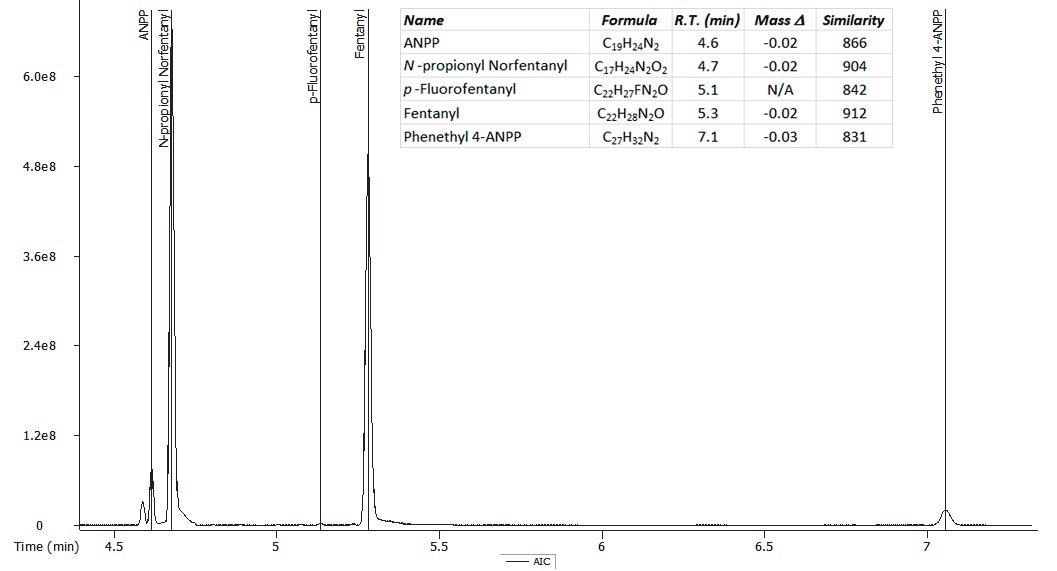
Figure 8. AIC for an Unknown Sample. Image Credit: LECO Corporation
Figure 9 shows the Peak True and library mass spectra for p-fluorofentanyl - a fentanyl analog.
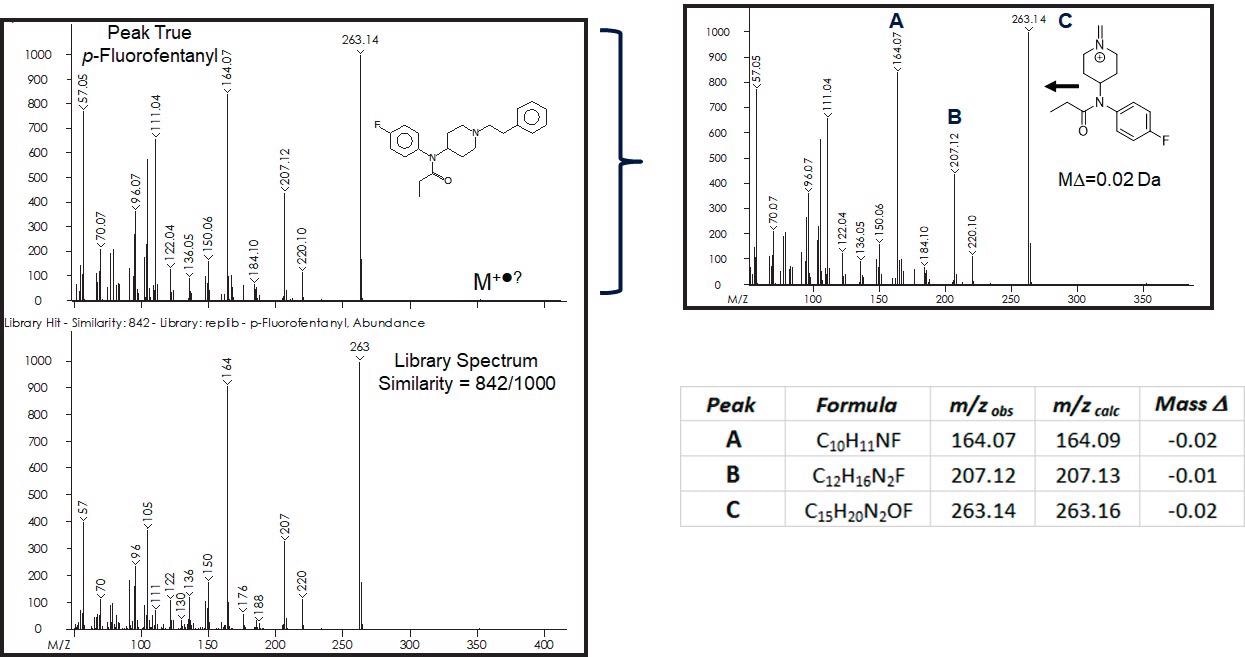
Figure 9. Peak True Mass Spectrum for p-Fluorofentanyl with Tabulated Mass Δ Values (0.01 – 0.04 Da) for the Major Fragments (A-C). Image Credit: LECO Corporation
While this particular compound does not have a molecular ion in its mass spectrum, it was possible to identify this in the unknown sample due to its spectral similarity value (842/100) and the MΔ values for its major fragment ions A-C (-0.02 to -0.01 Da).
Figure 10 shows the mass spectra for N-propionyl porfentanyl and phenethyl 4-ANPP. In this instance, the spectral similarity and MΔ values were found to be 904/1000 (MΔ = -0.02 Da) and 831/1000 (MΔ = -0.03 Da), respectively.
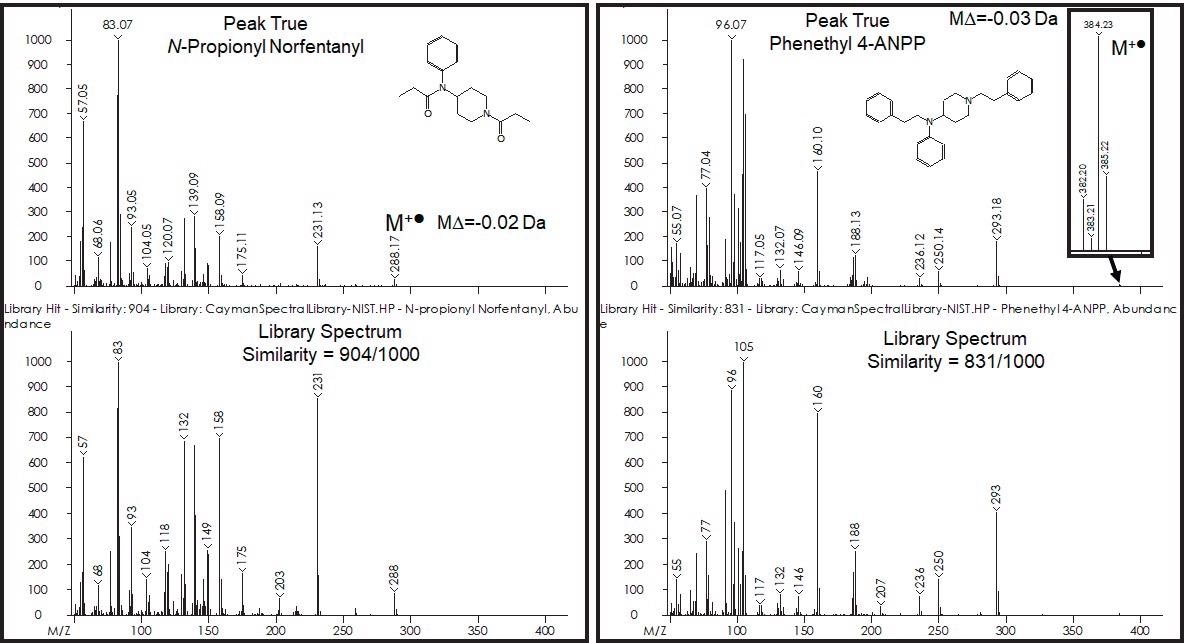
Figure 10. Peak True and Library Match Spectra for N-Propionyl Norfentanyl and Phenethyl 4-ANPP. Image Credit: LECO Corporation
Phenethyl 4-ANPP is a fentanyl precursor that research has shown could be a marker for alternative fentanyl synthesis routes.3 In its mass spectrum, the spectral similarity and MΔ values were found to be 831/100 and -0.03 Da.
Conclusion
In the study described here, a simple sample preparation method was implemented to enable the extraction of the components of counterfeit pills. A LECO Pegasus® BT and ChromaTOF® software were used to facilitate the analysis of these extracts.
The untargeted analysis of pills is possible using a combination of comprehensive, time-of-flight mass spectrometry and advanced processing.
This setup enabled the rapid identification of adulterants such as fentanyl and its derivatives, leveraging spectral similarity searches and molecular formulae to verify these findings with excellent mass precision.
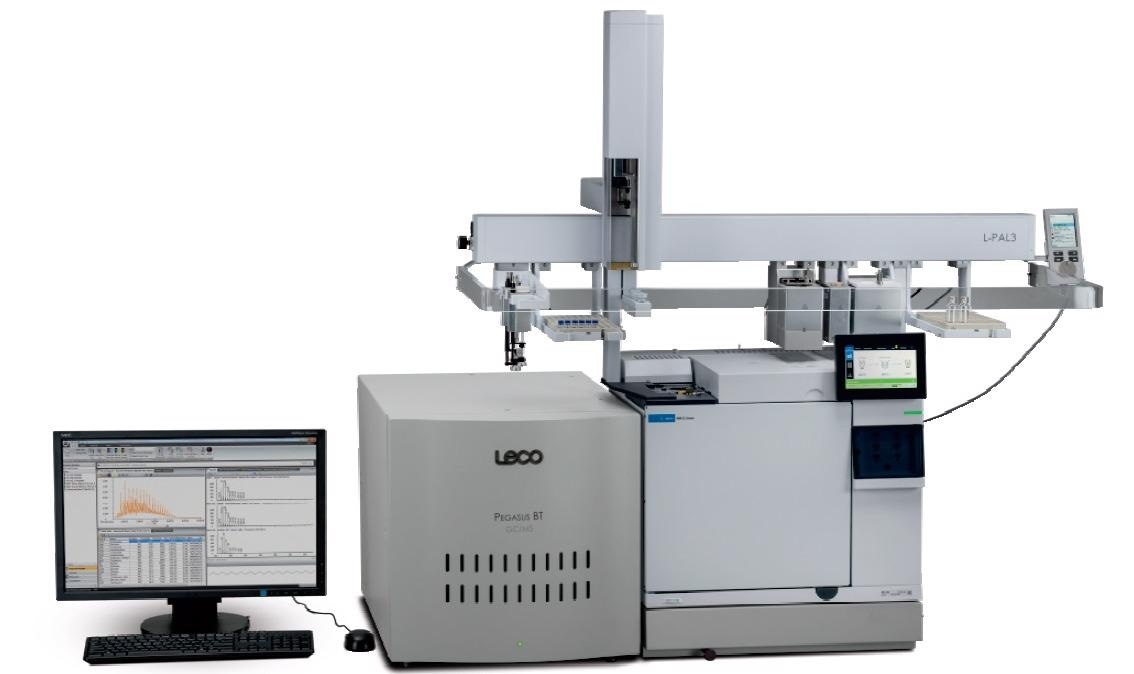
Image Credit: LECO Corporation
References
- “Fentanyl DrugFacts”, Drug Facts, National Institute on Drug Abuse, June 2021.
- “Recommended Methods for the Identification and Analysis of Fentanyl and its Analogs in Biological Specimens” United Nations Office on Drugs and Crime, Vienna, 2017.
- Vandeputte M.M, Krotulski A.J., Hulpia F., Van Clengergh S. and Stove C.P., “Phenethyl-4-ANPP: A Marginally Active Byproduct Suggesting a Switch in Illicit Fentanyl Synthesis Routes”, Journal of Analytical Toxicology, April 2021.
About LECO Corporation.jpg)
In 1936, the Laboratory Equipment Company introduced the first rapid carbon determinator to the American iron and steel industry. Today, 75 years later, LECO is recognized globally as a leader in innovative analytical instrumentation, mass spectrometers, metallography and optical equipment, and consumables.
LECO's broad selection of innovative instrumentation incorporates trendsetting automation, easy-to-use software, and the latest technologies into ergonomic designs. This results in instruments that are fast, accurate, and user-friendly—allowing you to increase productivity by achieving a level of throughput that was once unobtainable for many lab managers.
Our four diverse product lines offer you analytical solutions in five different market areas, meeting objectives for a wide variety of applications and scientific techniques. These market areas are described below.
Inorganic analysis
Determinators for carbon, sulfur, hydrogen, nitrogen, and oxygen used for metal and inorganic analyses; glow discharge spectrometers for bulk and/or quantitative depth profile analysis.
Organic analysis
Determinators for carbon, sulfur, hydrogen, nitrogen, and oxygen; analyzers for fat, protein, ash/moisture, mercury, and calorific value.
Microstructural analysis
Metallographic sample preparation equipment; macro and microindentation hardness testers; microscopes; image analysis and management systems; optical accessories.
Separation science (Mass spectrometry)
Fast GC-TOFMS and LC-TOFMS systems with ChromaTOF® software dedicated to a wide variety of organic applications; GCxGC-TOFMS and GCxGC FID/ECD systems offer increased separation power.
Ceramics
Crucibles, ladles, stopper rods, nozzles, kiln furniture, and pressed refractory shapes for the foundry and investment casting industry.
Sponsored Content Policy: News-Medical.net publishes articles and related content that may be derived from sources where we have existing commercial relationships, provided such content adds value to the core editorial ethos of News-Medical.Net which is to educate and inform site visitors interested in medical research, science, medical devices and treatments.